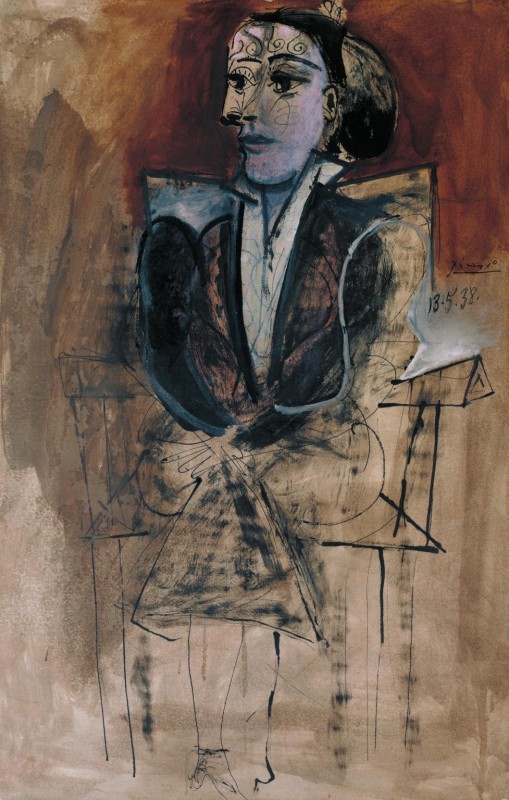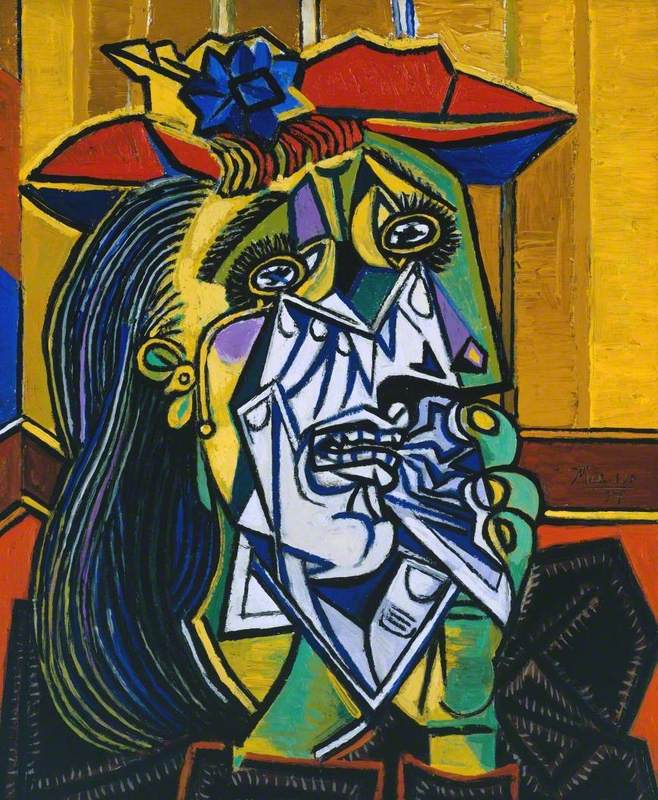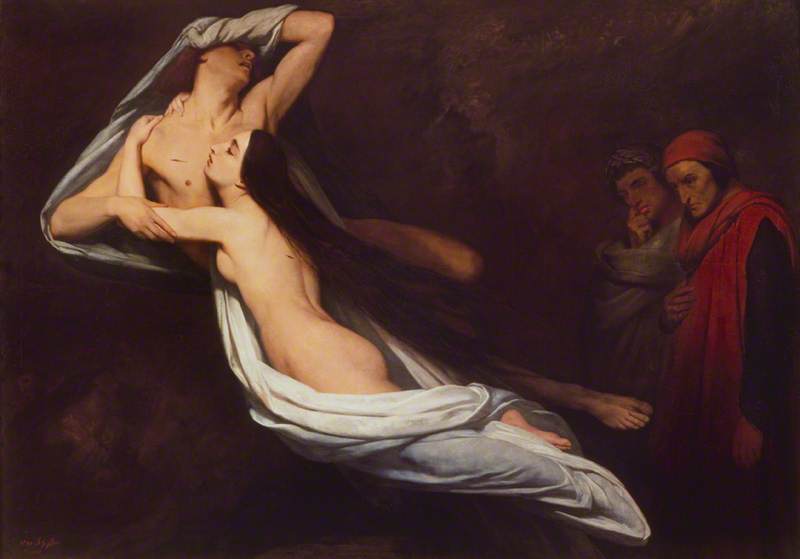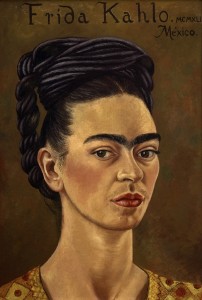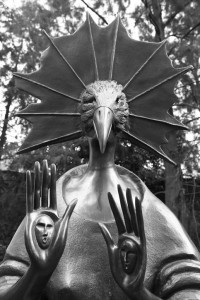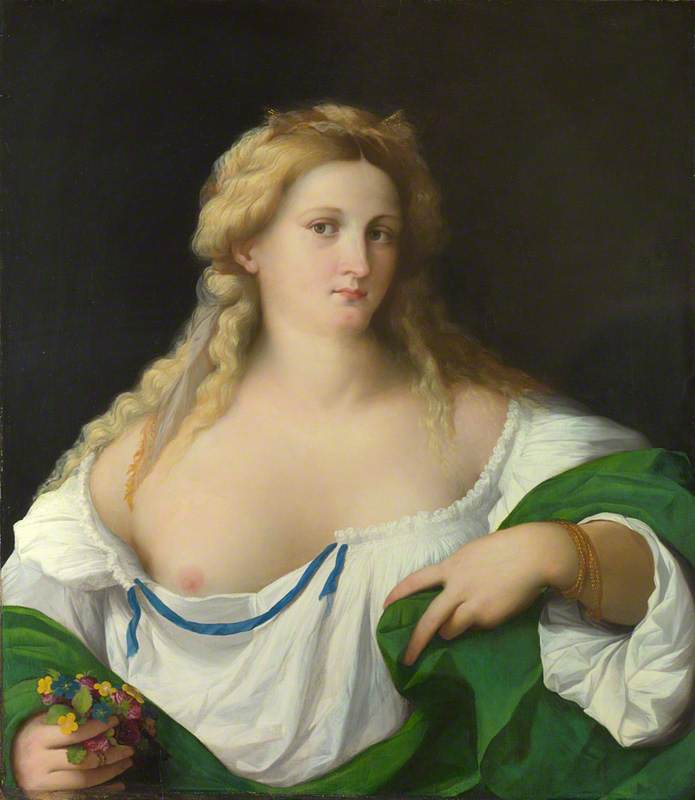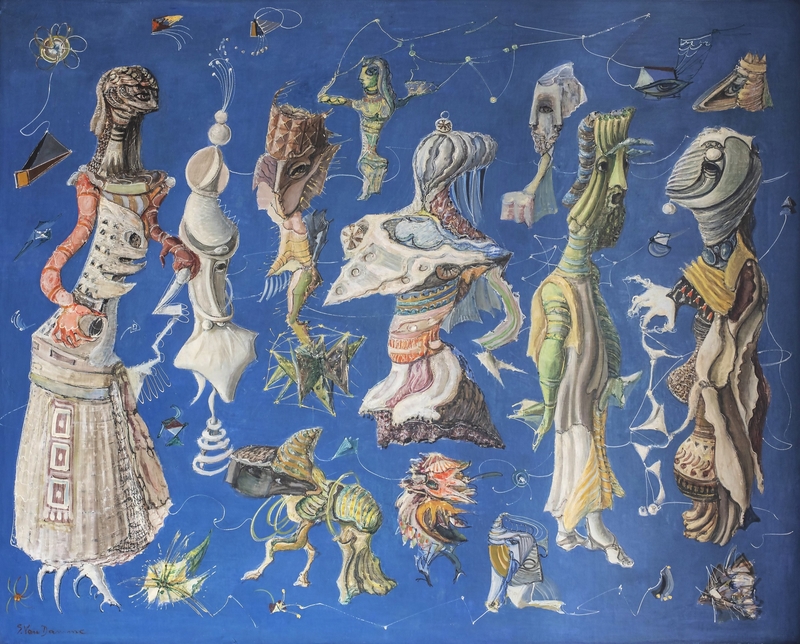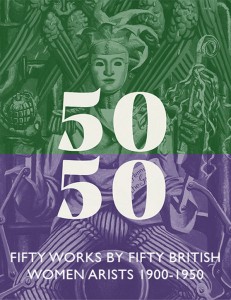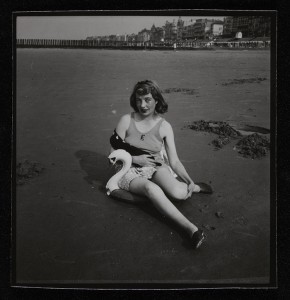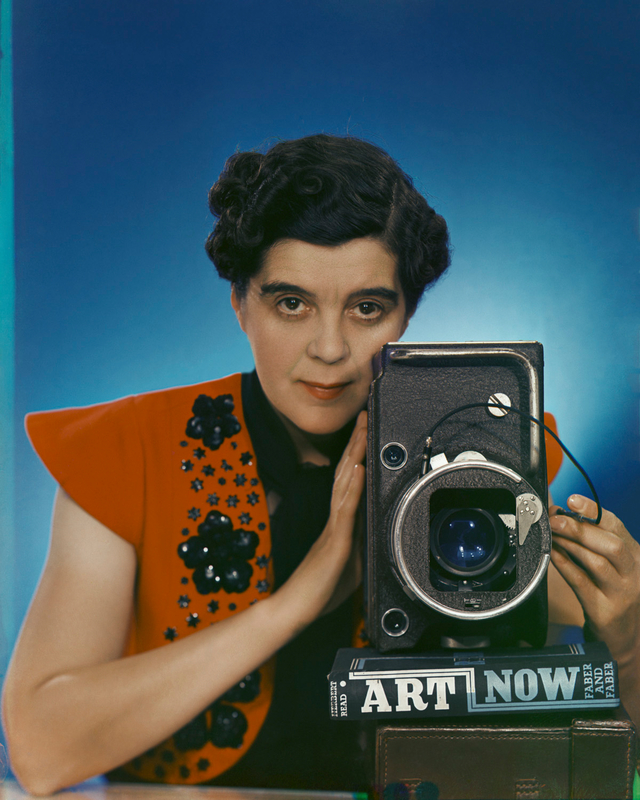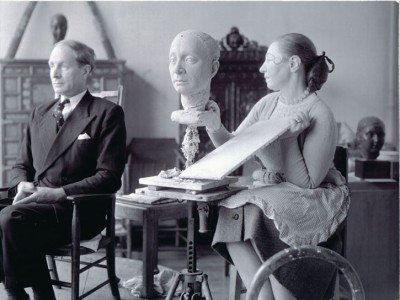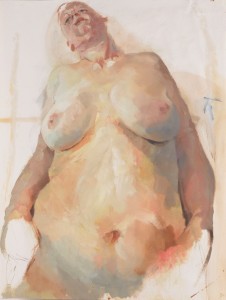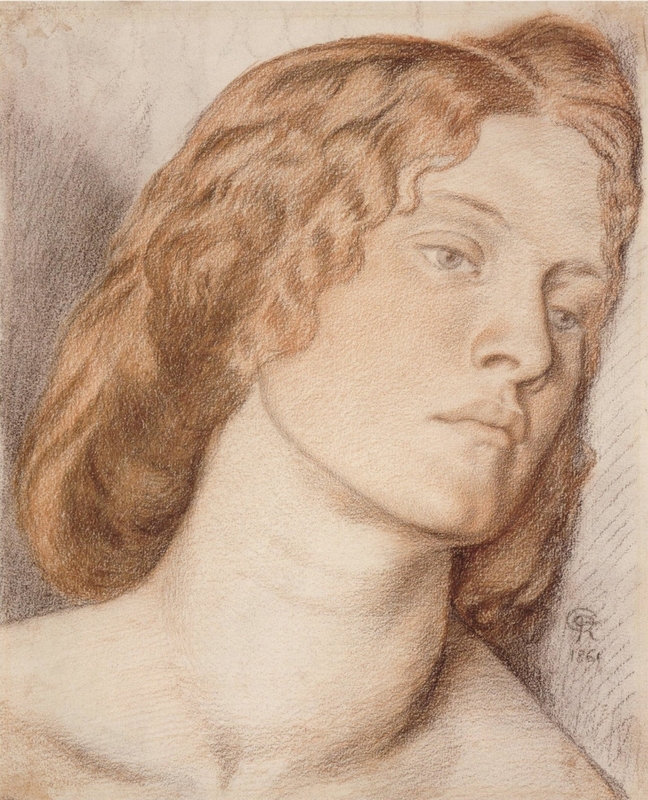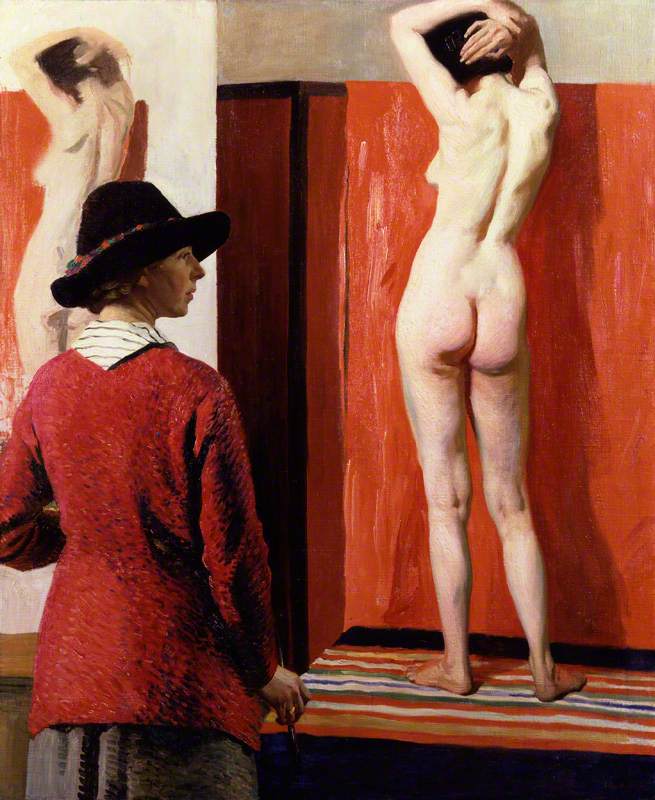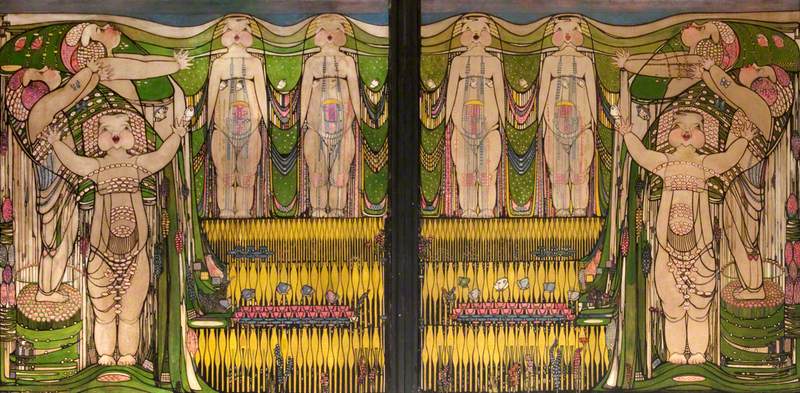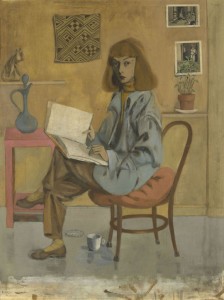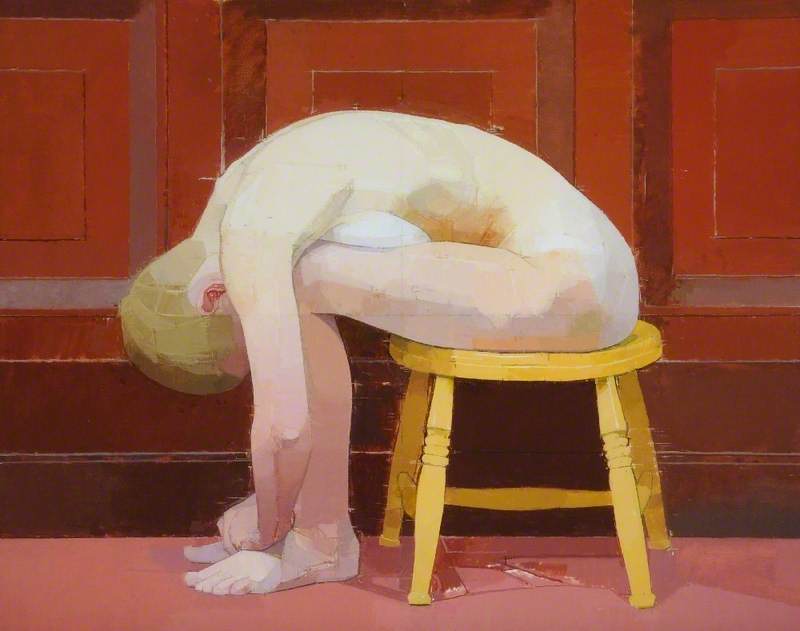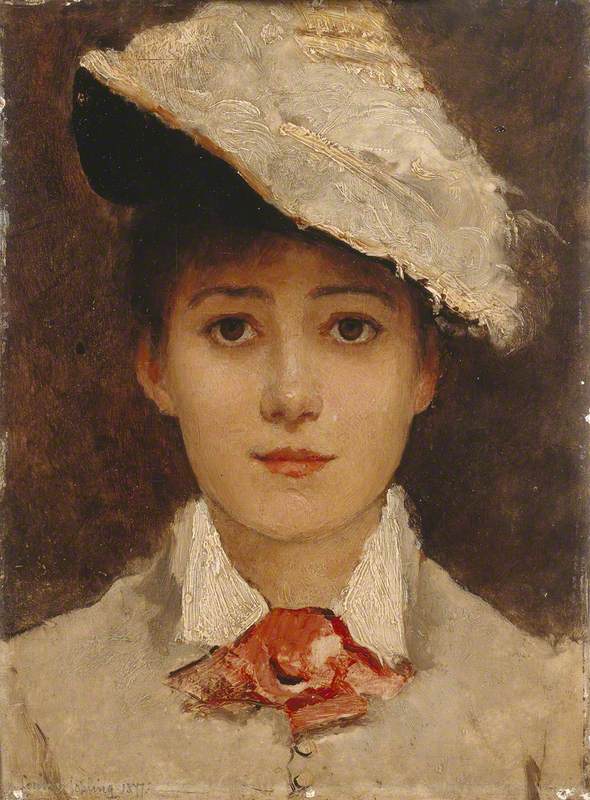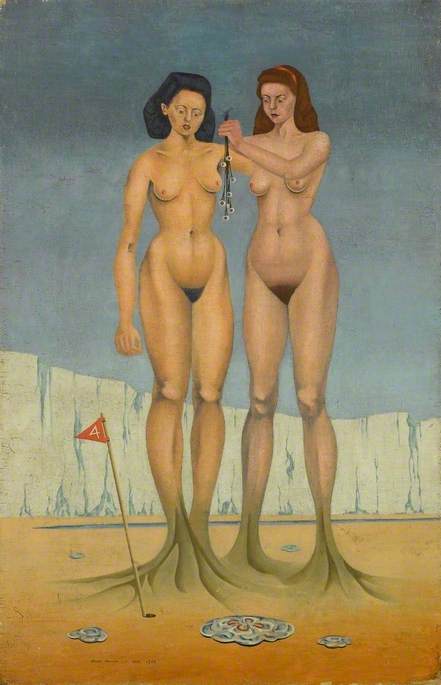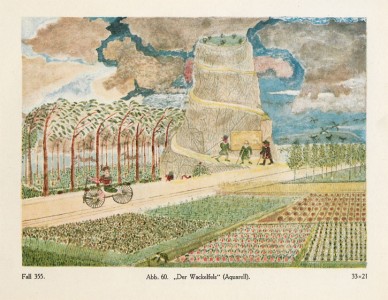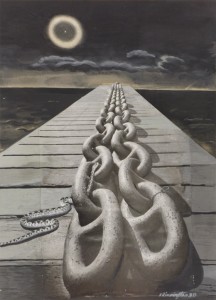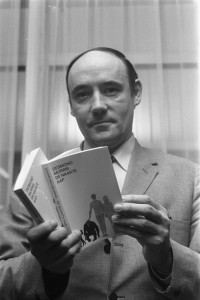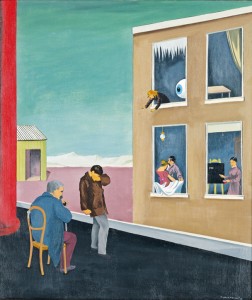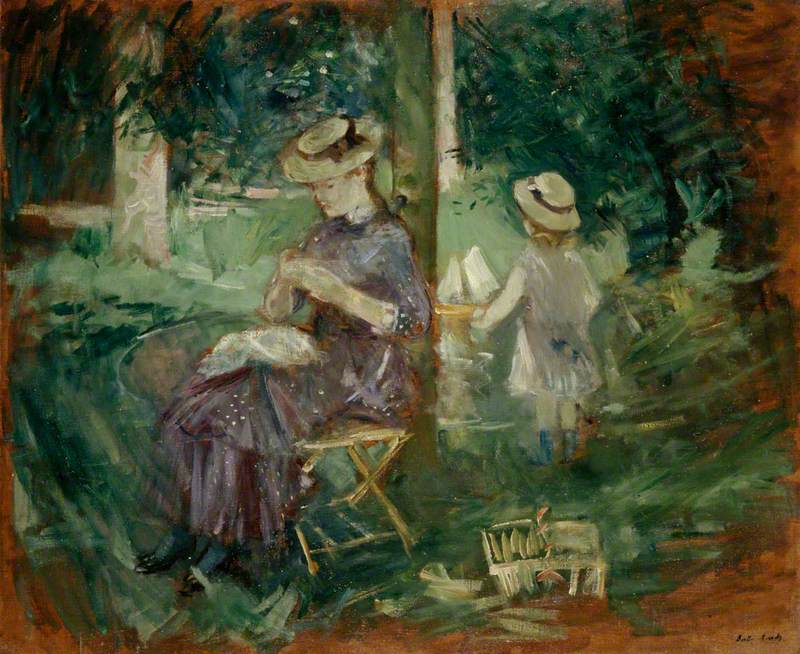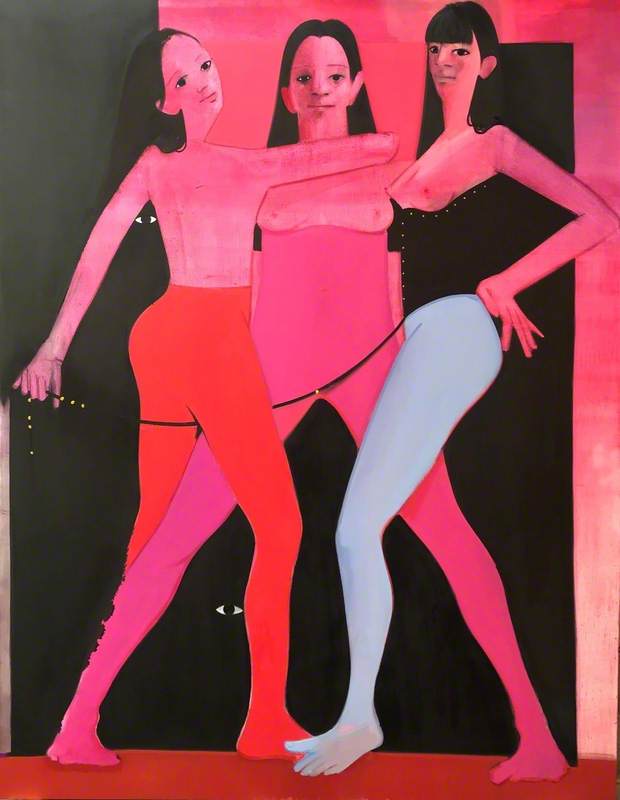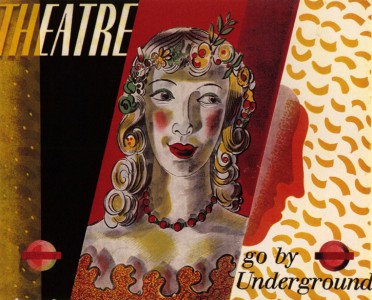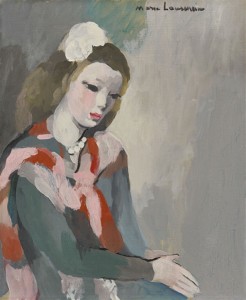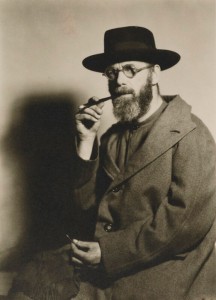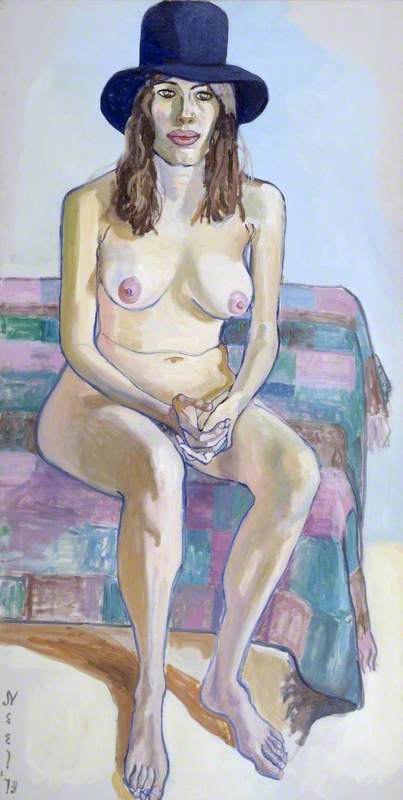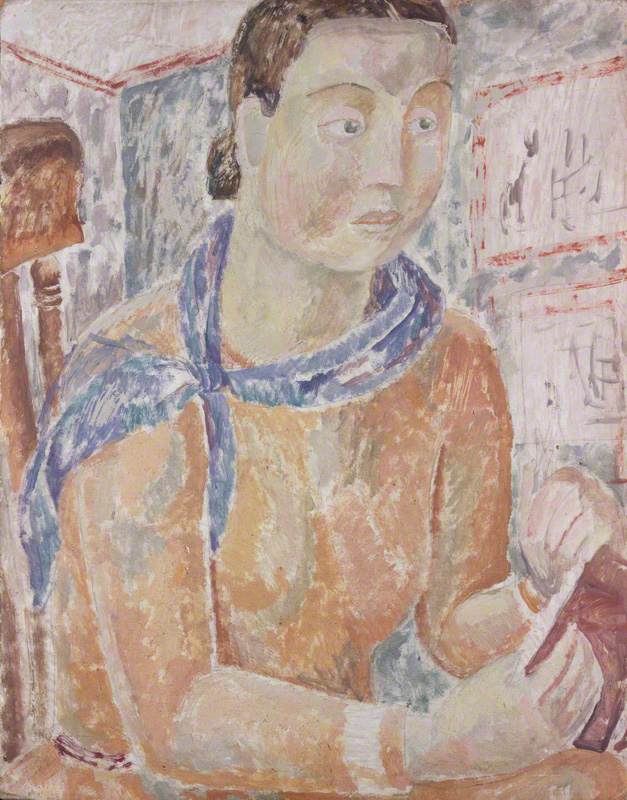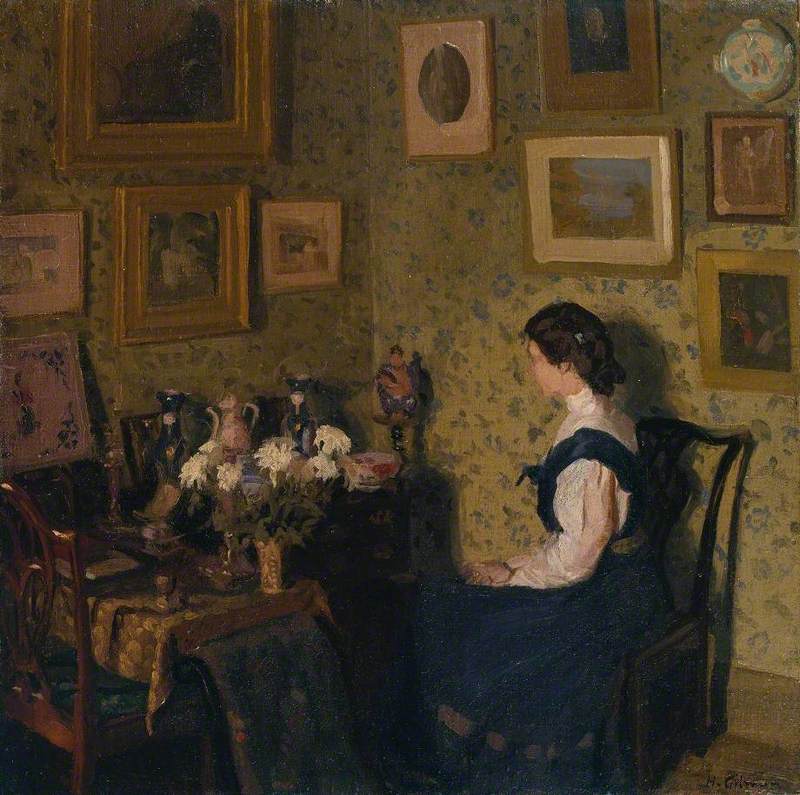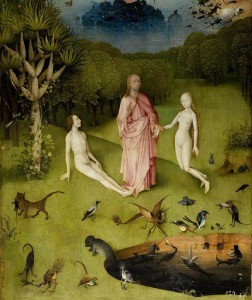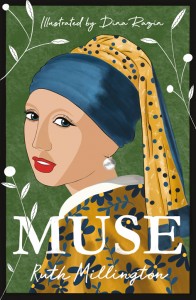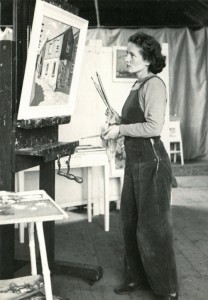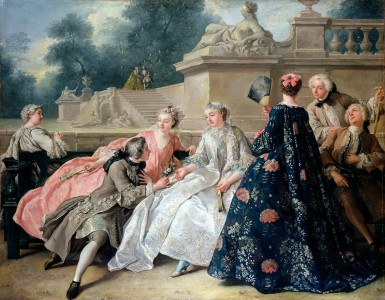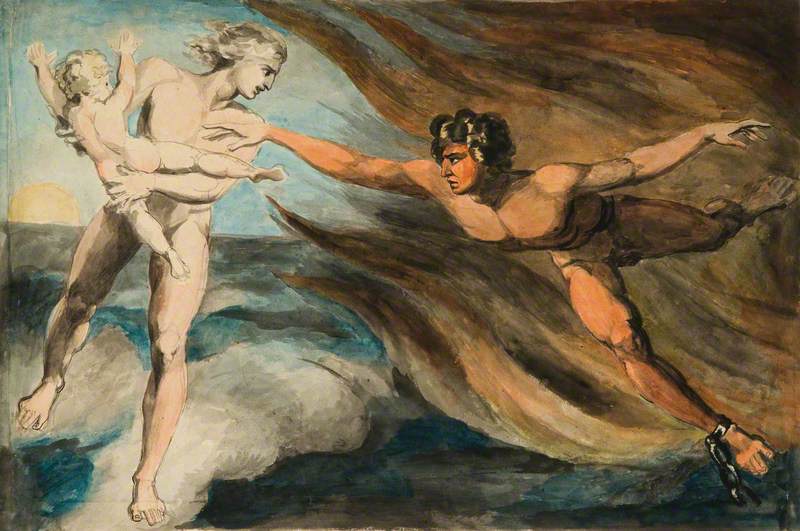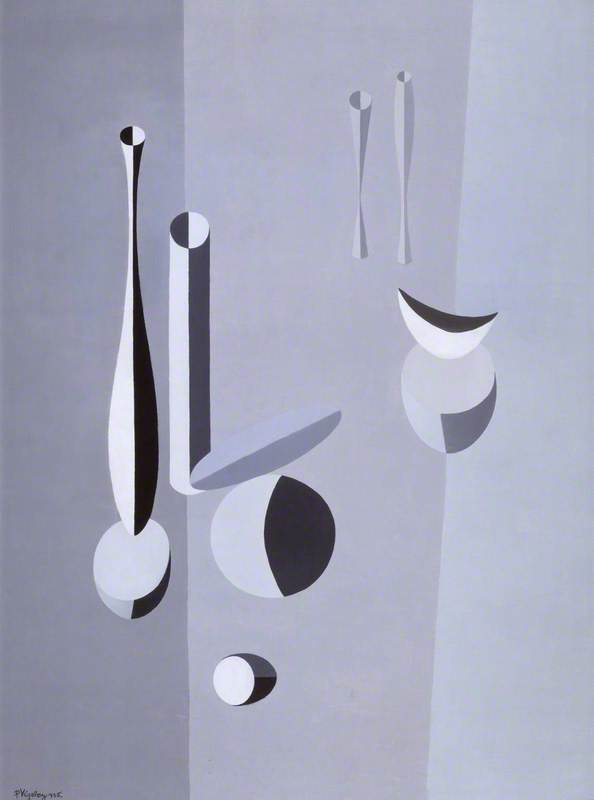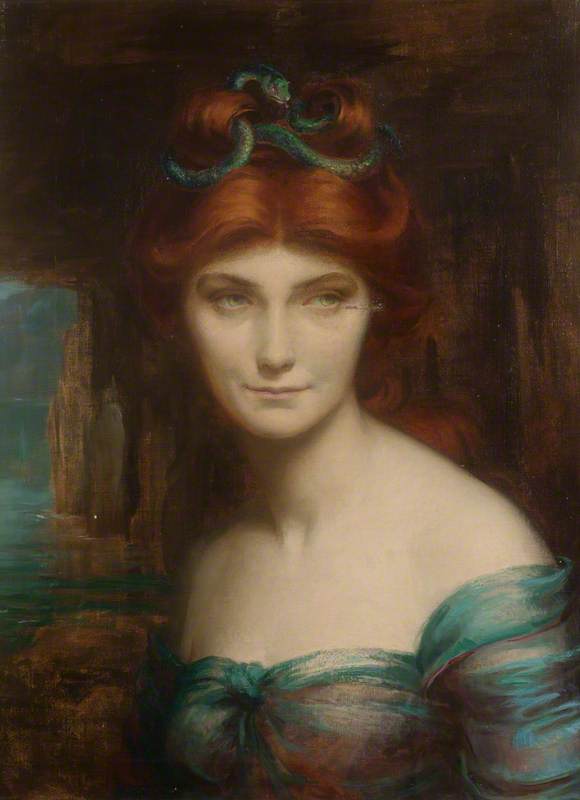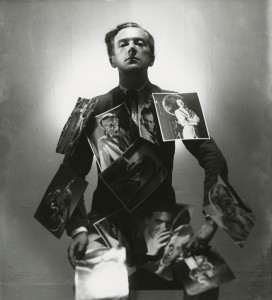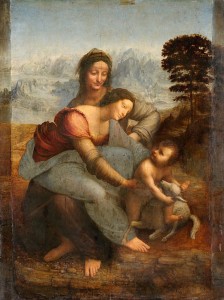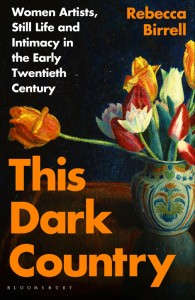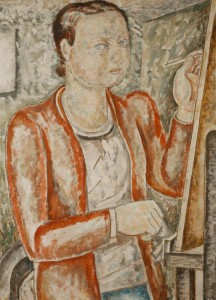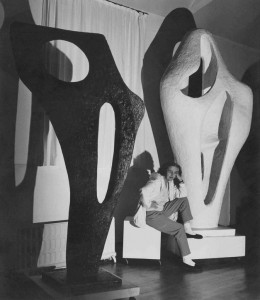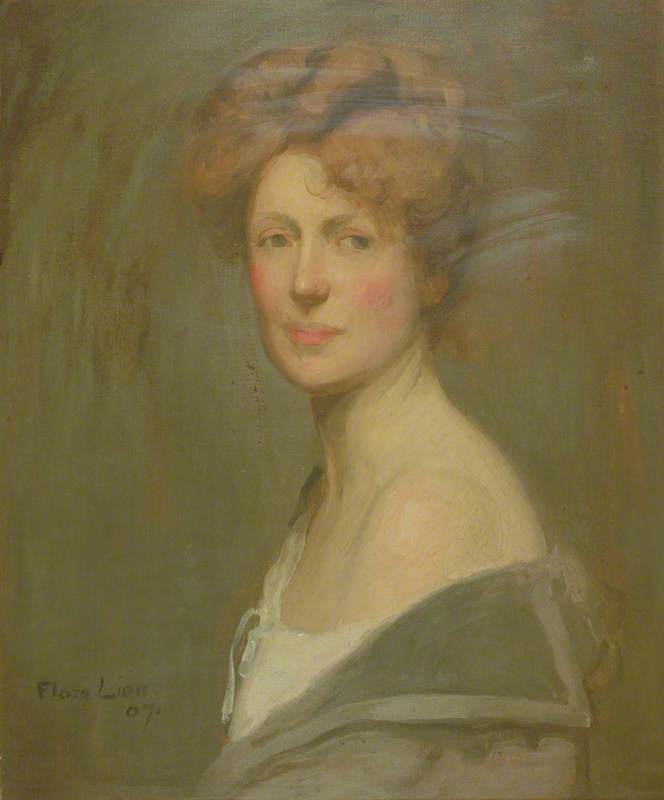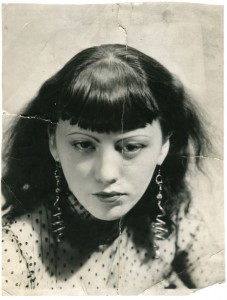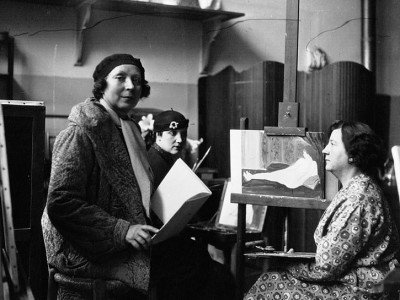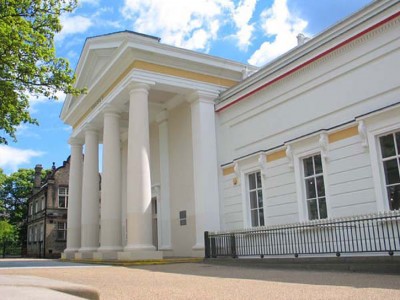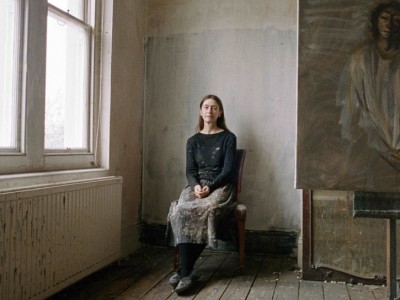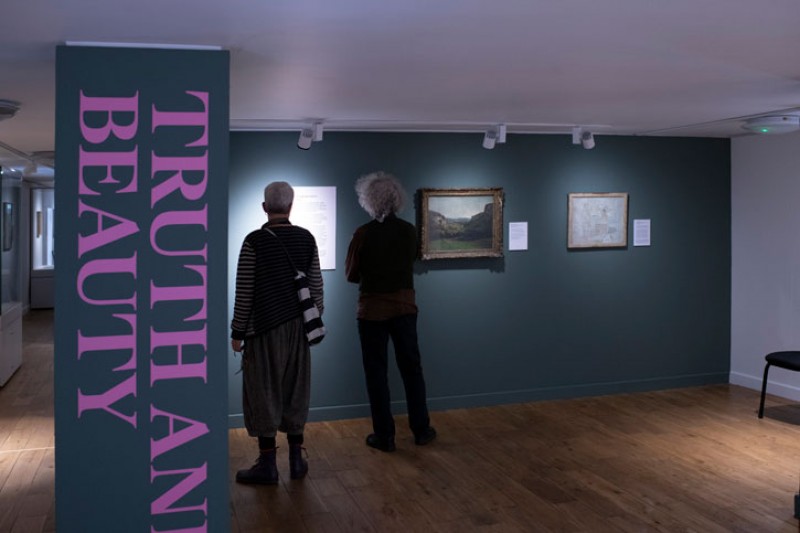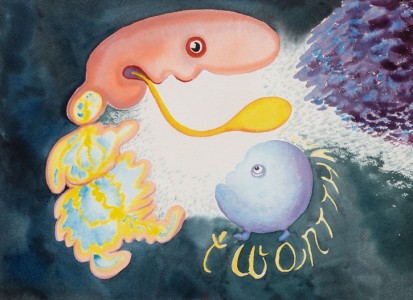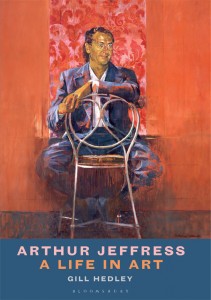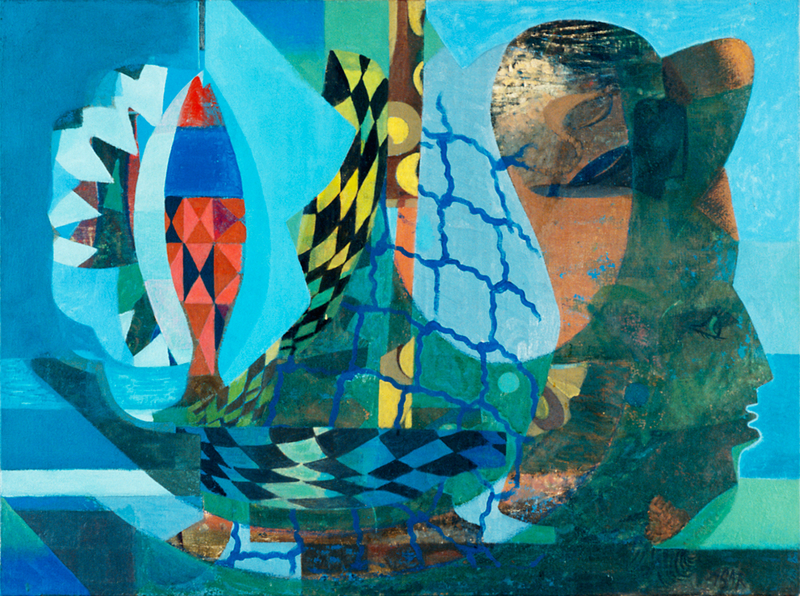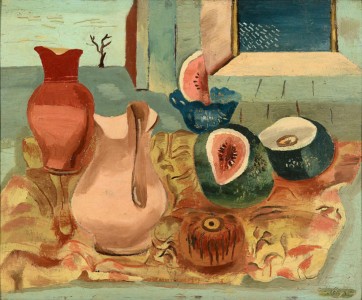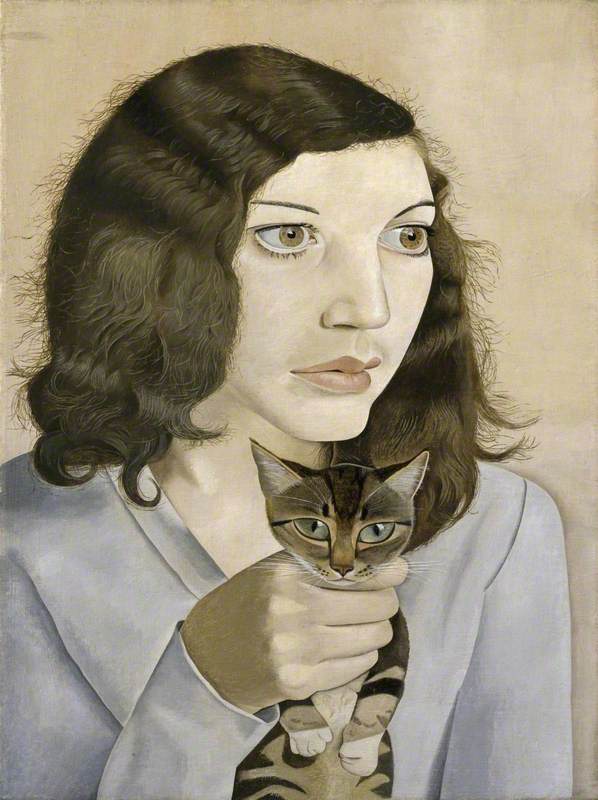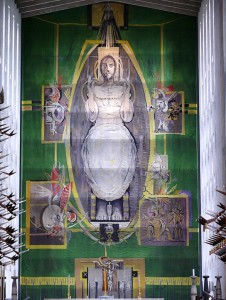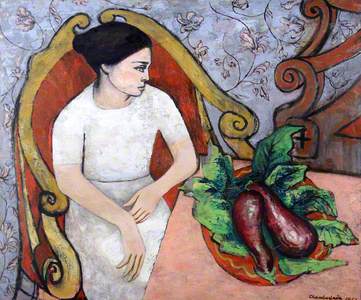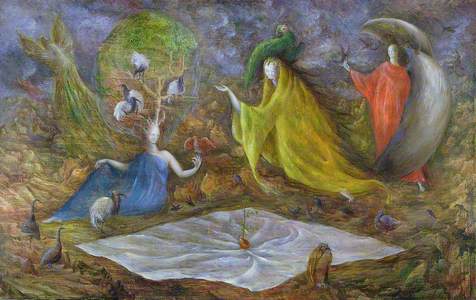In 1929 the founder of Surrealism, André Breton, wrote: 'the problem of woman is the most marvellous and disturbing problem in all the world.'
Breton's quote encapsulated the male surrealist fixation with the mysteries of the female psyche, but also the notion of woman as 'other', to be seen largely as an object of desire. Though we may be quick to associate Surrealism with illustrious male artists – the likes of Salvador Dalí, André Breton, Man Ray, René Magritte and Pablo Picasso – women were always at the heart of the movement, as embodiments of erotic femininity, but also as successful artists and innovators in their own right. Women significantly shaped the surrealist and avant-garde mentality, though they were often relegated to subjects and muses by their male peers and art history at large.
Tate's retrospective exhibition 'Dora Maar' (20th November 2019 to 15th March 2020) is part of a resurgent interest in surrealist women that proposes we de-emphasise the label of 'muse' and instead elevate these women to their rightful position of 'artist'. Maar, whose versatile career extended over six decades, is worthy of exploration as a creator on the same platform as the most established female artists from the broad movement, such as Meret Oppenheim, Eileen Agar and Dorothea Tanning.
Other female muses who were creating art during the first half of the twentieth century and beyond are also worthy of our attention. Here are some of those remarkable women...
Nusch Éluard (1906–1946)
Often described as the muse of Man Ray, Picasso, Magritte and Joan Miró, Nusch Éluard was also an artist and performer. Born Maria Benz in what was then the German Empire, she became involved with members of the Surrealist group after meeting Max Bill in Zurich's Odeon Café. It was there where she first acquired her nickname 'Nusch', a pseudonym she kept for the rest of her life. Described as a captivatingly beautiful yet quiet woman, Éluard incarnated ideal femininity for many of the Surrealists.
The years lie in wait for you
c.1935, photograph, gelatin silver print on paper by Dora Maar (1907–1997) 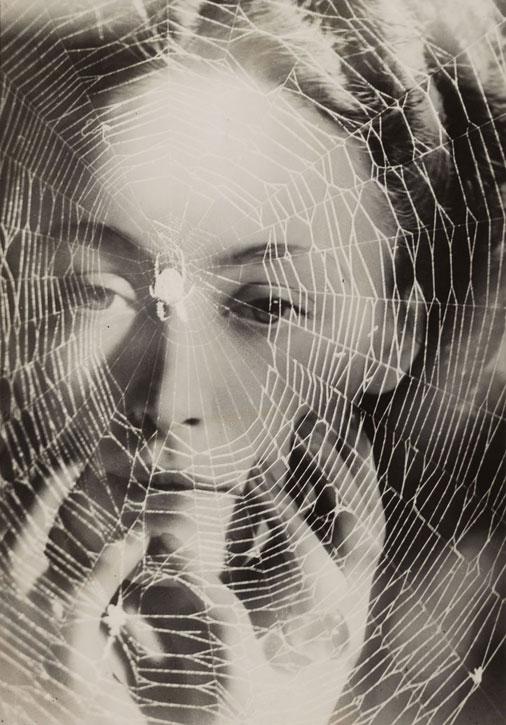
In 1930 she married the artist Paul Éluard who had recently split up with his first wife Gala after she had left him for Salvador Dalí. Through her connections with the Surrealists, Éluard came into contact with Lee Miller and Dora Maar, both of whom photographed her. Immortalised and remembered for her captivating beauty rather than her work, Éluard created dreamy photo collages, many of which included female figures.
Exquisite Corpse (Cadavre Exquis)
c.1930
André Breton (1896–1966) and Nusch Éluard (1906–1945) and Valentine Hugo (1887–1968) and Paul Éluard (1895–1952) 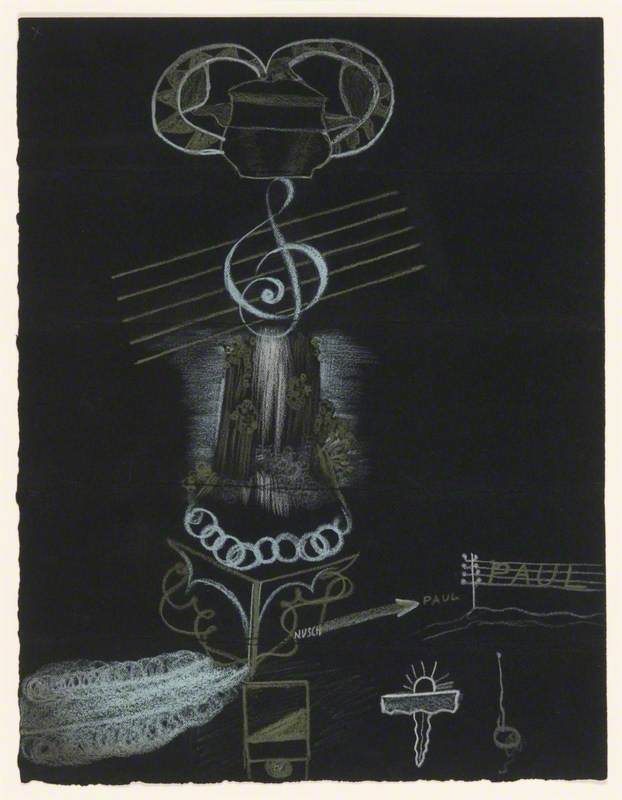
She also participated in the interactive performance piece Exquisite Corpse; a collaboration between herself, Paul Éluard, André Breton and Valentine Hugo – another female artist affiliated with the Surrealists. This work derived from the surrealist concept of the 'cadavre exquis', in which artists collaborated on a drawing game that would result in strange and intuitive drawings.
Sadly, Éluard's own photo collages were never displayed publicly and she died prematurely from a stroke in 1946 at the age of 40.
Dora Maar (1907–1997)
Born Henriette Theodora Markovitch, Dora Maar was, until recently, overshadowed by the figure of her former lover Pablo Picasso.
Untitled
1935, photomontage by Dora Maar (1907–1997), Centre Pompidou, Musée national d’art moderne, Paris 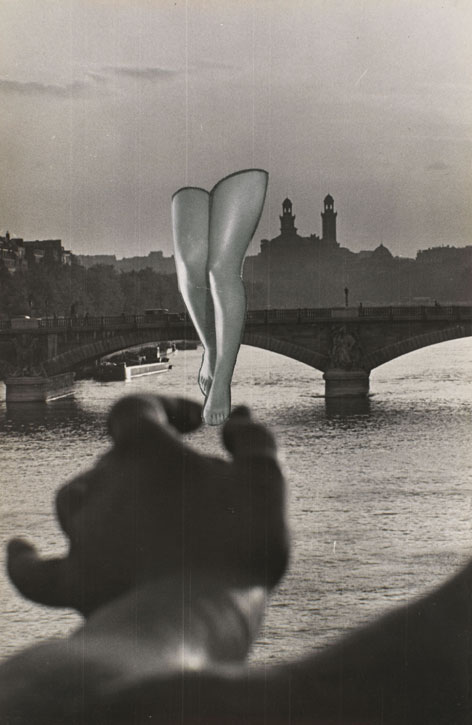
A talented and ambitious photographer, painter and poet, Maar was at the centre of the Surrealist movement and exhibited work alongside the leading male artists. Her documentary and commercial photographic practice later evolved into experimental, provocative and surreal painting and photocollage.
Untitled (Hand-Shell)
1934, photograph, gelatin silver print on paper by Dora Maar (1907–1997), Centre Pompidou, Musée national d’art moderne, Paris 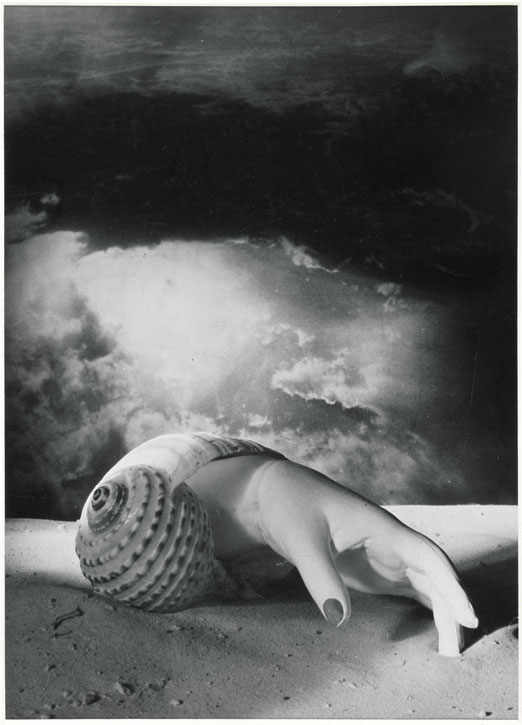
Like her fellow Surrealists, Maar's work explored psychology, dreams and the subconscious. After Picasso entered her life in 1936, her artistic production moved away from photomontage and towards painting. It has been noted that Maar's artistic production slowed down after entering into a relationship with Picasso as he dissuaded her from taking photographs, potentially because he was threatened by her talent.
The Conversation
1937, oil on canvas by Dora Maar (1907–1997), Fundación Almine y Bernard Ruiz – Picasso para el Arte, Madrid (FABA) 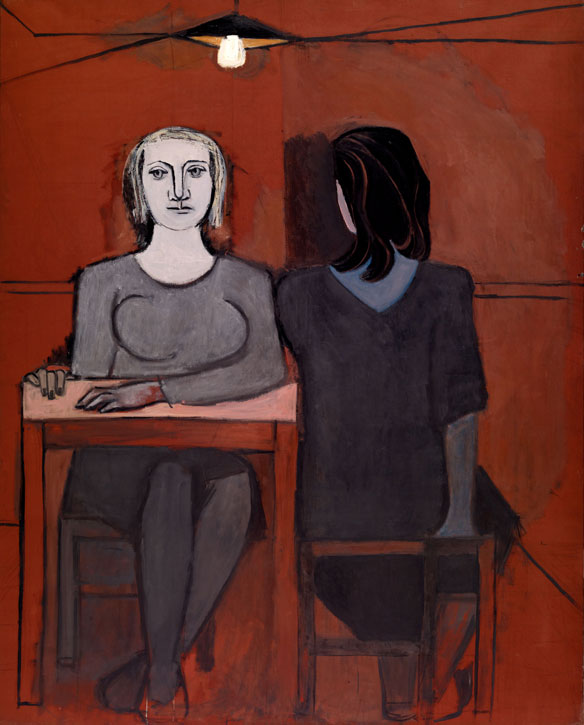
Maar is often presented as the woman in Picasso's famous Cubist portrait Weeping Woman (1937).
This iconic, fragmented image was created in the aftermath of the Spanish Civil War and is considered to be a continuation of Picasso's Guernica series. But in hindsight, it can be read as a reflection of the turbulent and abusive relationship between Maar and Picasso, which ended after nine years. Maar later described that period as the 'worst time of my life' and experienced depression and a mental decline in the years following the breakup.
After their separation, Maar would declare: 'All (Picasso's) portraits of me are lies... not one is Dora Maar.'
Around the same time that Maar slipped into obscurity following her split from Picasso, she abandoned her artistic pursuits. In 1952, the Welsh artist Brenda Chamberlain completed this portrait of Maar.
Painted when Maar had become a recluse, Chamberlain's portrait perhaps captures her solitary life.
Lee Miller (1907–1977)
Considered one of the most important muses to the Surrealists, Lee Miller was also an incredibly successful photographer, pioneering photojournalist and war correspondent.
Lee Miller
1929, photogravure by Man Ray (1890–1976) 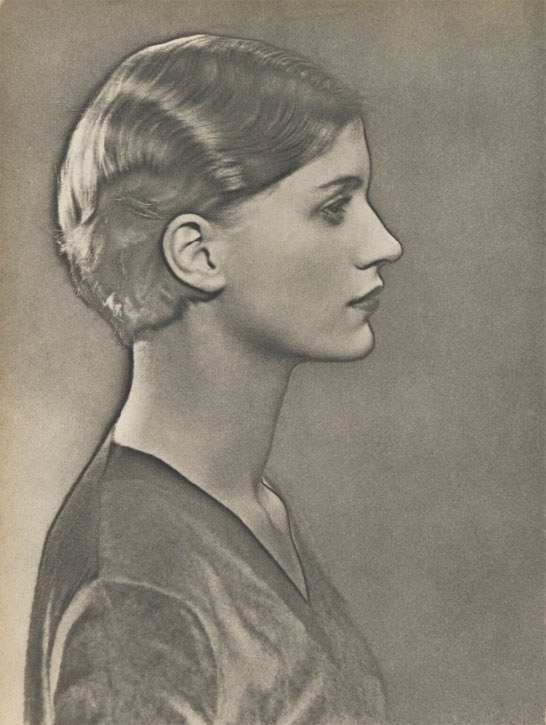
She mixed with many of the leading Surrealists, including the female artists associated with the group: Maar, Éluard, Leonora Carrington and Dorothea Tanning, whom she captured in 1946.
Dorothea Tanning, Sedona, Arizona, USA
1946, photograph by Lee Miller (1907–1977) 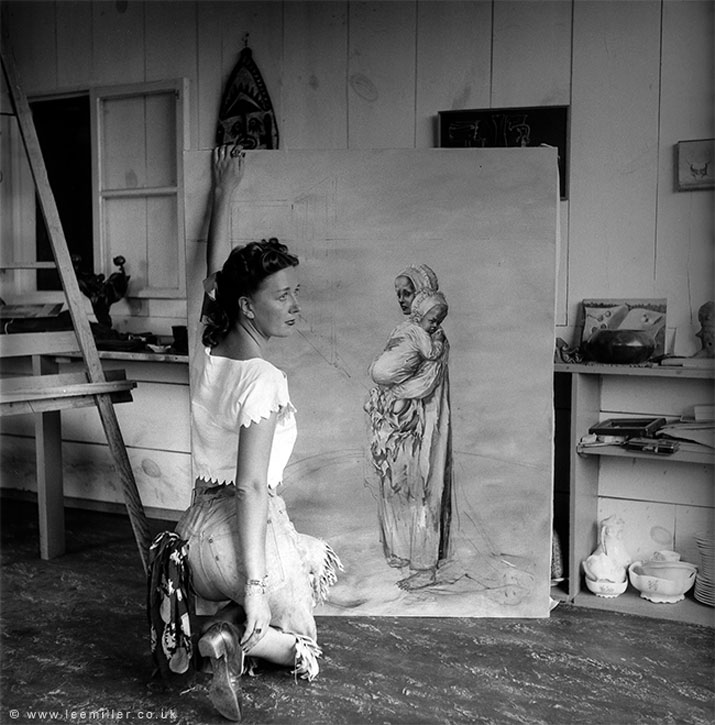
Starting her career as a fashion model for Vogue and Condé Nast in the 1920s, Miller later began working as a photographer in the late 1920s. She would eventually become a leading correspondent for Vogue during the Second World War, covering the Blitz, the liberation of Paris in 1944 and the atrocities of the German concentration camps.
In Paris she visited the studio of American photographer Man Ray (1890–1976), quickly becoming his student, muse and lover. Although Miller was highly fetishised as a subject and muse by the Surrealists, she is widely recognised as one of the first women to enter the group with the intention of producing her own art. She adopted Breton's idea of 'convulsive beauty' in much of her photographic practice; the idea that there is a shocking kind of beauty in what is transgressive, violent or uncanny.
Lee Miller, Mougins, France
1937, photograph by Roland Penrose (1900–1984) 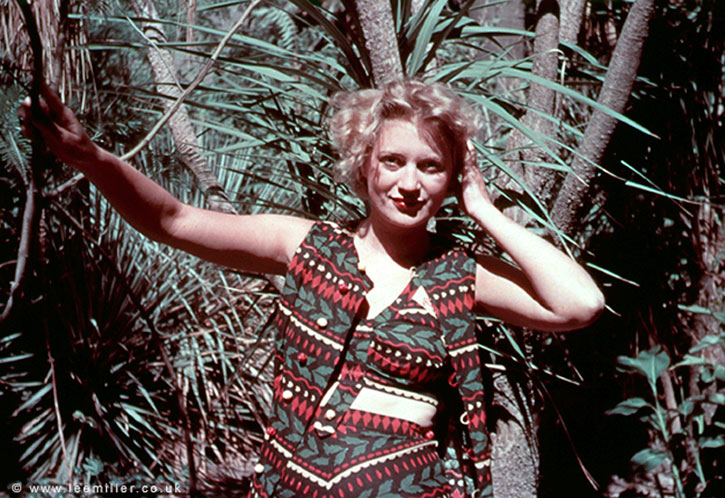
Miller set up her own photographic studios in Paris and New York before she relocated to Egypt with her then-husband – the businessman Aziz Eloui Bey. Upon returning to Paris she met Roland Penrose, an artist whom she eventually married. Penrose had previously been married to the female Surrealist Valentine Boué.
Despite her incredibly versatile career, Miller was known as a celebrity chef by the time of her death. Today, you can visit Miller's and Penrose's home, Farleys House & Gallery in Chiddingly, East Sussex. You can learn more about her on the Lee Miller Archives.
Leonora Carrington (1917–2011)
Although she once said, 'I didn't have time to be anyone's muse', the English surrealist artist Leonara Carrington is often remembered as Max Ernst's lover and muse, whom she first met aged 20.
A fiercely intelligent, eccentric and free-spirited artist, Carrington quickly drew the attention of Breton, who initially regarded her as the perfect embodiment of the surrealist 'femme enfant' (child woman), essentially meaning a young, beautiful and subservient woman. In reality, Carrington was a force of nature who constantly rebelled against what was expected of her.
Although influenced by Surrealism, Carrington found her own sources of inspiration, including early Renaissance and Netherlandish painting, for example, the work of Hieronymus Bosch. Often imbued with themes to do with the celestial, occult, and medieval alchemy, Carrington's art was centered upon strong mythical, female figures.
While living in Paris in the 1930s she befriended other women of the Surrealist group, including the Mexican artist Remedios Varo. In 1938, she participated in the 'Exposition Internationale du Surréalisme' in Paris, which was organised by Breton.
The Palmist
sculpture by Leonora Carrington (1917–2011) 
In 1944, Carrington published a book Down Below, which (among other things) detailed her experience with mental illness, leading her to spend time in an asylum in Spain. Later in life, Carrington settled in Mexico where she would obtain citizenship and spend the rest of her life until her death in 2011.
You can read more about Carrington's incredible life in an earlier Art UK story.
Françoise Gilot (b.1921)
Françoise Gilot is an artist whose career was overshadowed by the dominating presence of her former lover Picasso, who once told her: 'women are either goddesses or doormats'. Gilot was certainly no doormat and eventually left Picasso in 1953, taking their two children with her.
Though she was not strictly a core member of the Surrealist group, she was an influential muse to Picasso and an artist moving in the same circles as the European avant-garde and those affiliated with Surrealism.
Painting since the 1930s, Gilot was highly influenced by Henri Matisse. She created her own visual vocabulary that played with bold colour and form, often evoking musical elements.
In 1943 during the German occupation of Paris, Gilot first met Picasso in a restaurant on the Left Bank. At the time, Picasso was still in a relationship with Maar. Nevertheless, he began an affair with Gilot that would eventually last for over a decade. Fiercely intellectual and strong-willed, her relationship with Picasso was also turbulent. It took courage for Gilot to leave the Spanish artist, who wielded immense power in the art world.
After their separation, her career suffered because Picasso made sure her name was blacklisted from galleries.
In 1964, eleven years after their separation, she wrote Life with Picasso, a best-selling memoir that chronicled her abusive relationship with the artist. Now 97, Gilot is still painting today and is as independent and feisty as ever.
Lydia Figes, Content Creator at Art UK
The exhibition 'Dora Maar' is open at Tate Modern from 20th November 2019 to 15th March 2020
